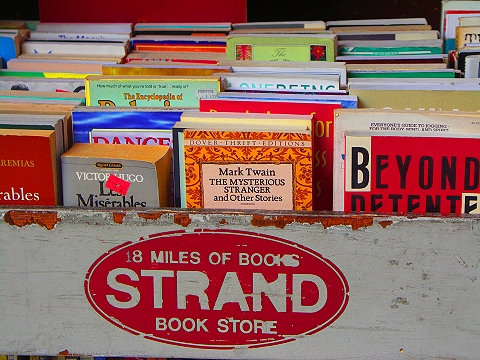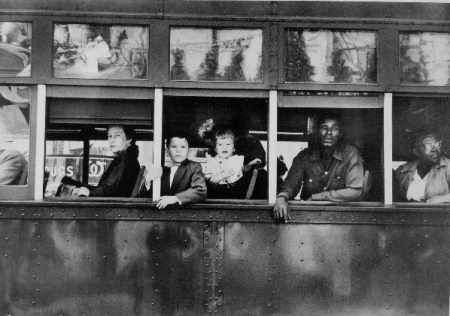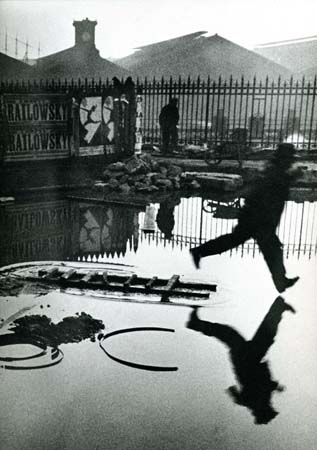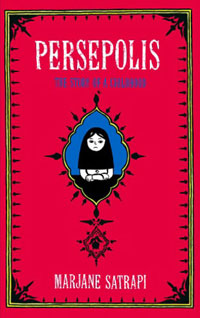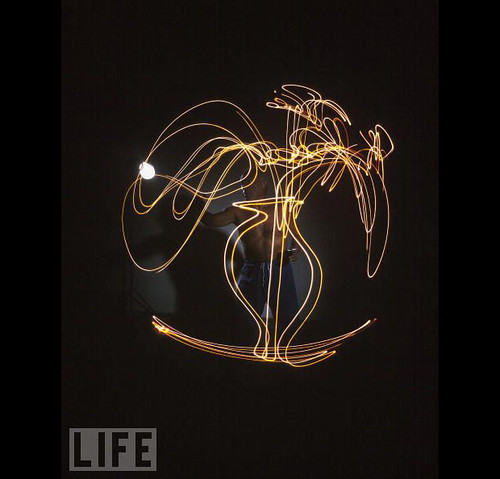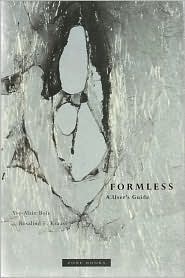 The term "Pop Art" is defined as a visual art movement that challenged tradition (first during the mid-1950s in Britain and then in the late 1950s in the U.S.) by asserting that an artist's use of the mass-produced visual commodities of popular culture is contiguous with the perspective of fine art. Case in point: the most well-known American Pop Artist, Andy Warhol, silk-screened a seemingly non-iconic image of a Campbell's soup can onto a canvas and voila, the public became fascinated with the Campbell's Soup image (and the product itself).
The term "Pop Art" is defined as a visual art movement that challenged tradition (first during the mid-1950s in Britain and then in the late 1950s in the U.S.) by asserting that an artist's use of the mass-produced visual commodities of popular culture is contiguous with the perspective of fine art. Case in point: the most well-known American Pop Artist, Andy Warhol, silk-screened a seemingly non-iconic image of a Campbell's soup can onto a canvas and voila, the public became fascinated with the Campbell's Soup image (and the product itself).As a recent review from the NY Times discusses, James Rosenquist penned "Painting Below Zero: Notes on a Life in Art," an autobiography about the artist's accidental status as a pop artist (as a Midwest painter whose work happens to thematically parallel that of Warhol). Rosenquist started his art career as a sign painter and didn't initially meet Warhol or Roy Lichtenstein until 1964 (after Warhol and Lichtenstein had individually developed their avant-garde styles).
The artist's book contains a detailed biography (including his various art-world experiences), along with photographs (like the one below of the artist standing with his proud mother below his first billboard painting - for Coca-Cola), and various anecdotes. Rosenquist acquired the assistance of David Dalton (a founding editor of Rolling Stone Magazine) as well as Tony Scherman (a veteran music journalist) on his book.

To read the entire article from the NY Times - including more about Rosenquist's autobiography and life, art critic Arthur C. Danto's new pop-art related book, and discussion on new definitions / explanations of "Pop Art," click here.







